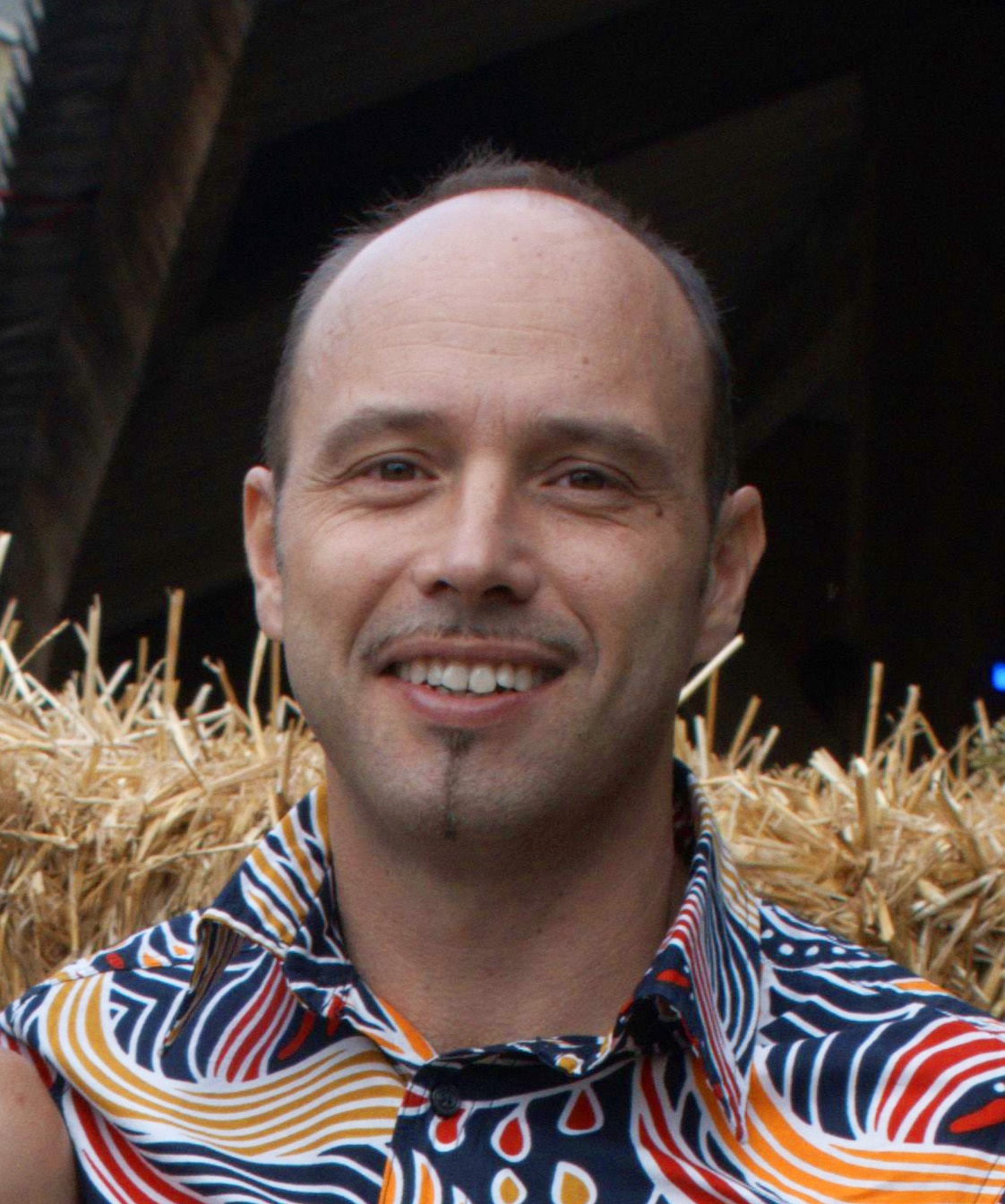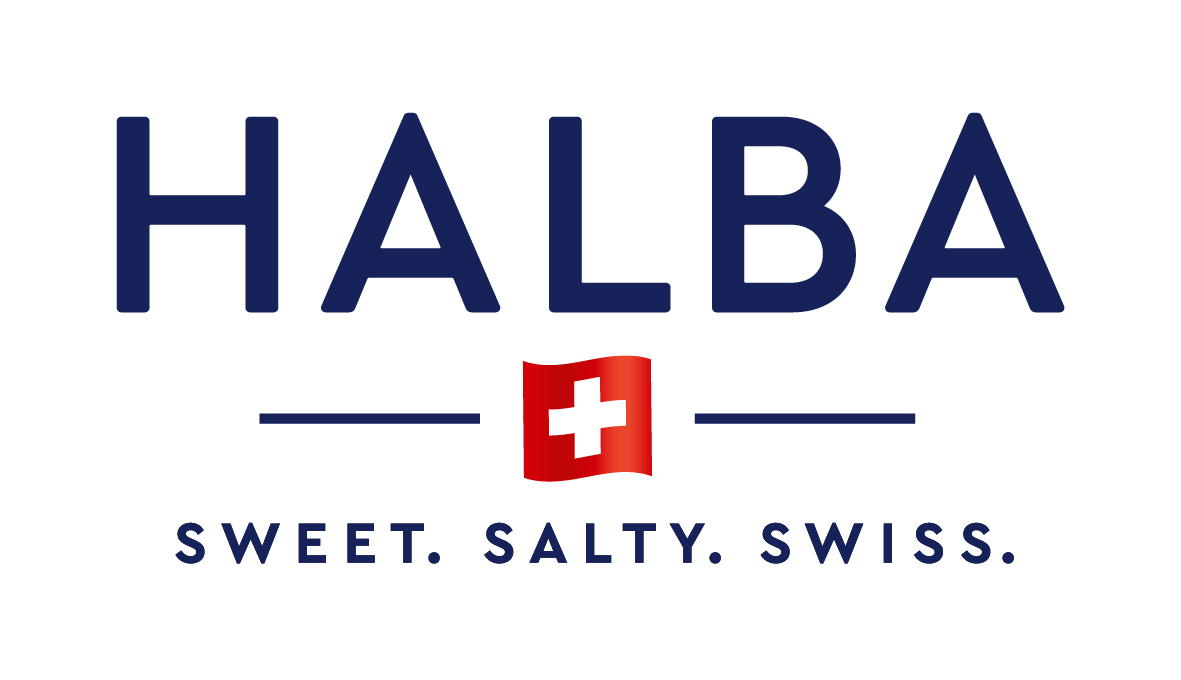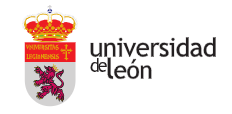Carbon Footprint Analysis of Cocoa Production Systems
What is the main objective of the project?
The international research team will use long-term data from the Farming Systems Comparison in the Tropics (SysCom) Bolivia trial. Various cocoa production systems will be compared, to assess their environmental impact, including CO2 emissions. The study aims to provide the private sector with real data on the environmental impact of cocoa monocultures under both organic and conventional farming, agroforestry systems under organic and conventional farming, and a successional agroforestry system without external inputs. Ultimately, the study’s findings will support decision-makers in companies seeking to implement climate action strategies. The study aligns with the SWISSCO Roadmap 2030, which promotes deforestation-free and climate-friendly cocoa supply chains.
How will the project contribute to sustainable cocoa production?
This study will show the benefits in terms of the environmental impact of cocoa-based agroforestry systems. It will be transparent on all the management practices performed in the different studied systems and how they impact several indicators, such as CO2 emissions. Sharing these data will allow the companies to have real and long-term figures about their environmental reduction by generalising the adoption of agroforestry systems.

"This project is to support companies progress into carbon neutrality. It bridges value chain, research and consumer interests."
What steps are taken during the project?
The project will create a database based on all the agronomic activities and external inputs applied to each production system for the last 12 years. It will use the so-called Life Cycle Analysis (LCA) approach, which involves a thorough inventory of the energy and materials that are required across the supply chain and value chain of a product, process, or service. LCA usually includes five different stages: raw material extraction, manufacturing & processing, transportation, usage & retail, and waste disposal. We will assess the environmental impact of the 5 cocoa production systems of the Syscom Bolivia trial for different categories, such as tools, crop protection, petroleum derivatives and fertilisers. The preliminary results will be first shared with the companies collaborating on the project, to contrast the results with their own experience.
How do you plan to communicate the outcomes to relevant stakeholders?
In the final phase of the project, we plan to organise a workshop inviting all the interested players of the Swiss cocoa value chain, to share and discuss the results of the project and the potential implications for the sector. The information gathered during the study will be processed and written in the form of a scientific paper, to spread to the scientific community and also in the form of a report for the members of the Cocoa Platform.
Where do you see the greatest potential for other stakeholders in the cocoa sector and beyond to learn from the outcomes of this project?
This study will assess the environmental impact of cocoa cultivation, which has been reported as one of the most impacting one in the whole value chain. But the reality is that very little information is available on the environmental impact of the rest of the value chain: processing, packaging, transport, etc. The Life Cycle Analysis methodology is a great tool that can be applied at any stage. It would be of high interest to collaborate with the sector’s stakeholders and evaluate with trust-worthy data all the value chain.
Organisations involved





